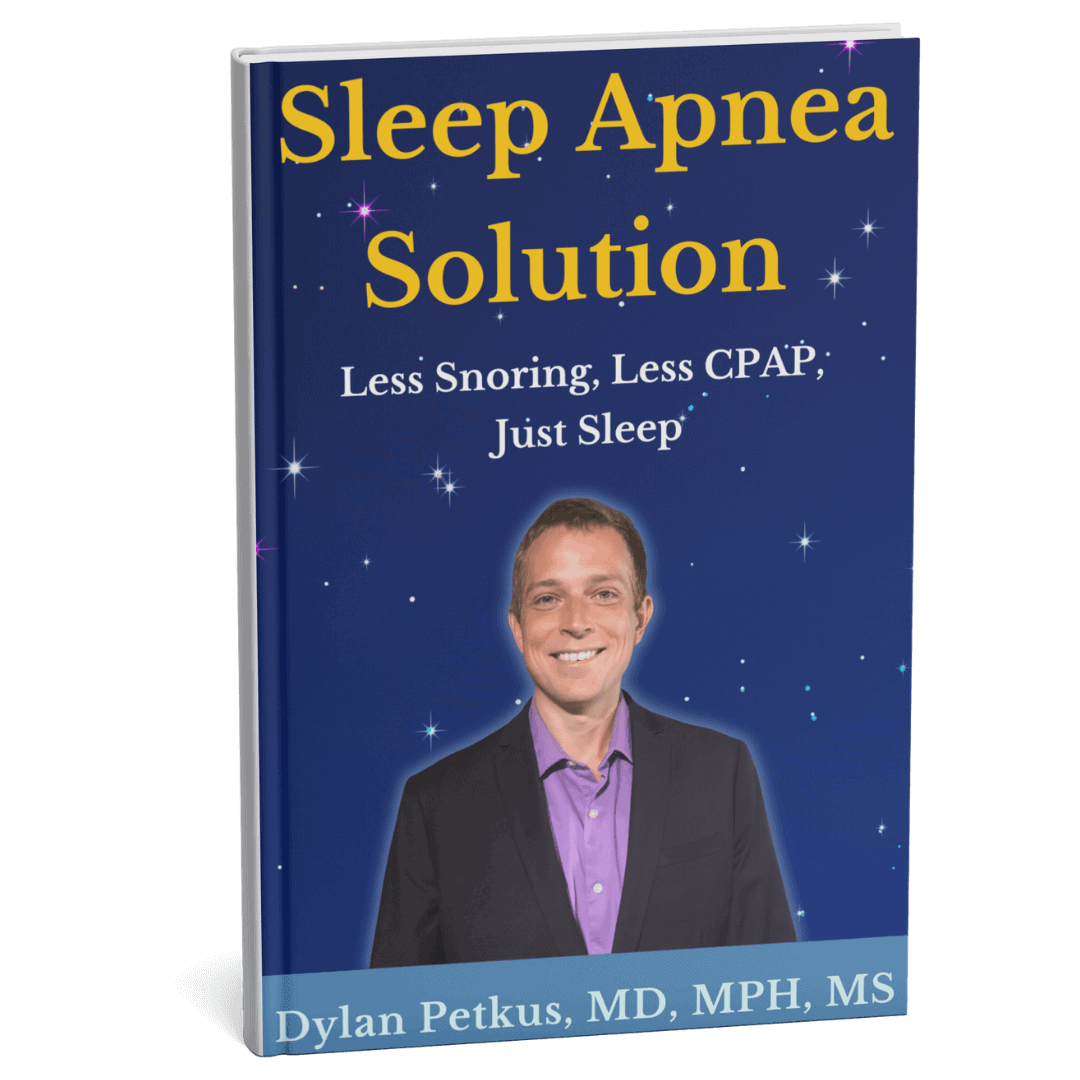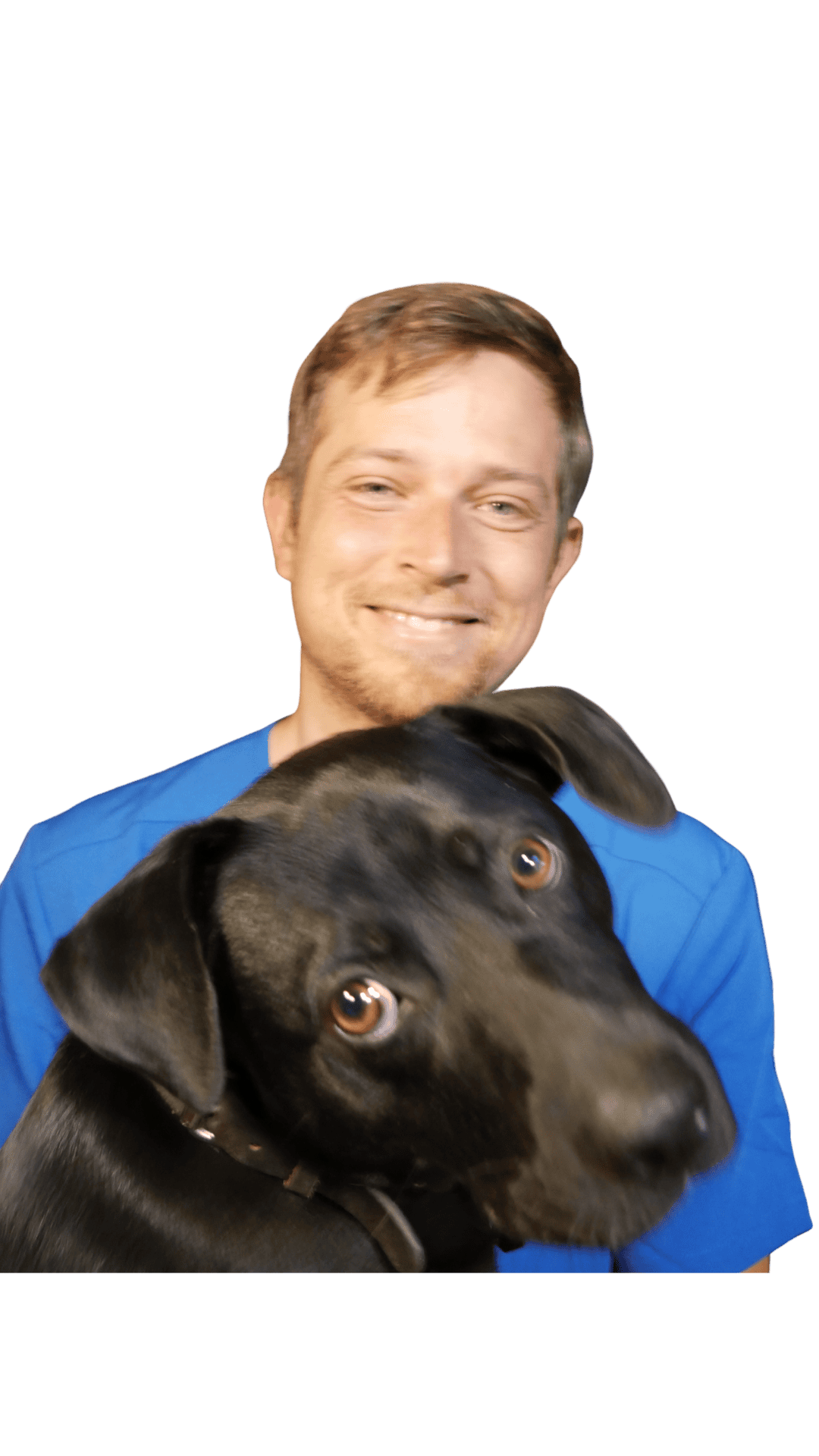
A sleep study can tell you whether or not you have sleep apnea, and it can also guide you in managing the condition and testing the accuracy of a sleep-tracking device comparison.
A sleep apnea test usually takes one night to complete. For a polysomnograph (PSG), you sleep in a clinic overnight and leave the next morning. Similarly, home sleep apnea tests (HSATs) take a night to complete. Afterward, you’ll get the results in one to three days (or up to three weeks, in some cases) after the test, depending on your healthcare provider.
How Does a Sleep Apnea Test Work?
A sleep apnea test uses sensors to measure the quality of your sleep. Its results can determine if you have sleep apnea or other sleep-related conditions, show how it manifests in your body, and help you figure out a targeted way to overcome your symptoms.
There are two main types of sleep apnea tests. The PSG is the golden standard of sleep studies, as it is more comprehensive than HSATs and requires more time to prepare for and analyze. HSATs are limited in what they can measure (which is usually only three to five variables) but are more convenient.
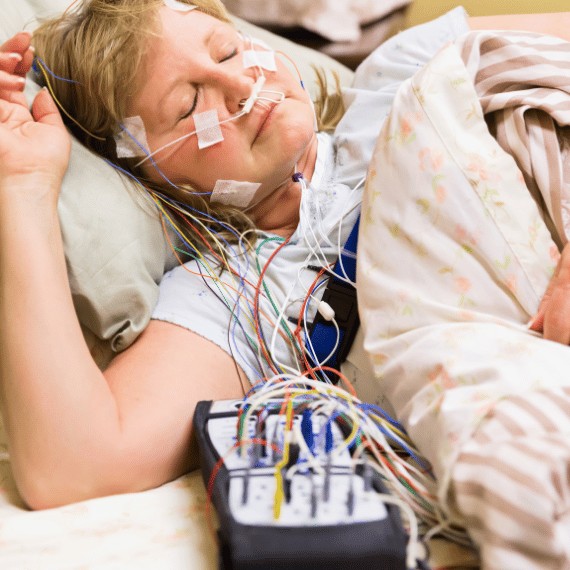
Electroencephalography (EEG)
An EEG detects and records the electrical activity in your brain (brain waves). Different brain waves happen in your sleep cycle. Checking this activity helps identify sleep issues.
Electrocardiography (ECG)
An ECG picks up the electrical activity in your heart. This allows you to see if there are any abnormalities in the pattern or rhythm of your heartbeats.
An ECG similar to a heart monitor. If this information makes you wonder if a heart monitor detects sleep apnea, it can’t. However, it could point to signs of the condition.
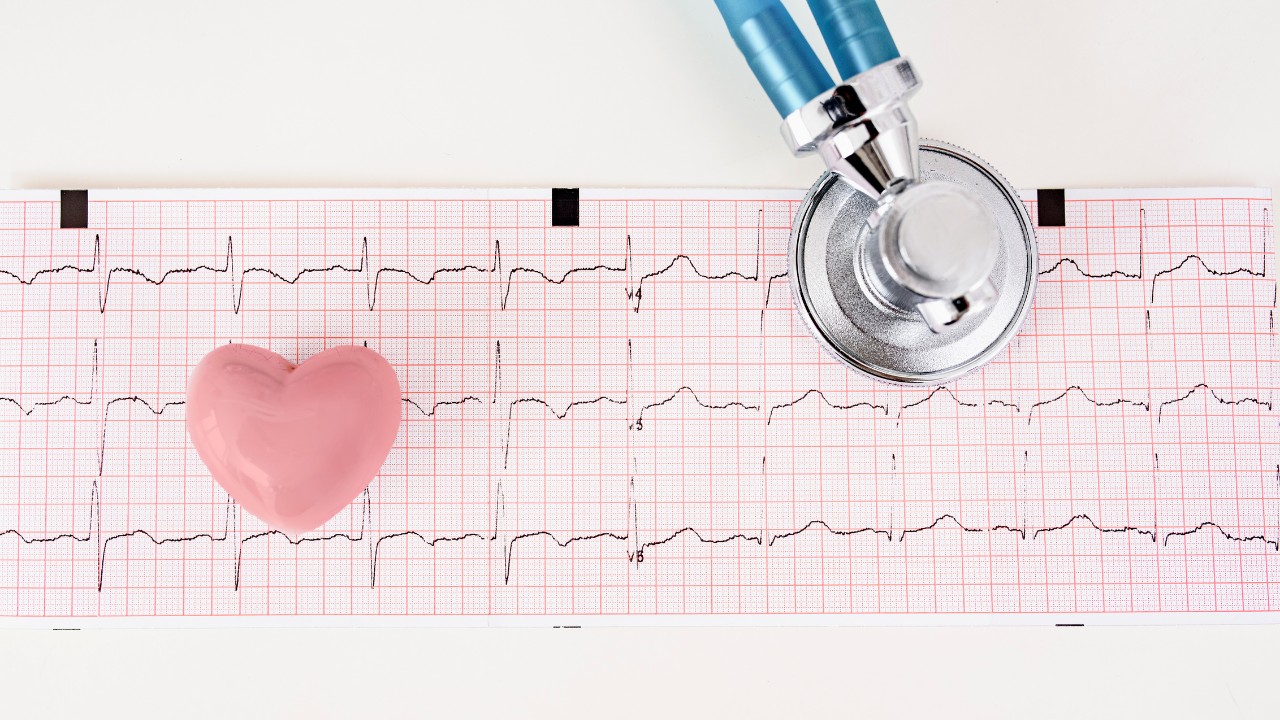
Electromyogram (EMG)
An EMG tracks muscle movement to understand how frequently and intensely you move in your sleep. EMGs in sleep studies don’t activate muscles as they do in standard diagnostic EMGs.
Electrooculography (EOG)
An EOG looks into your eye activity during sleep, which could inform you when you’re in REM (rapid eye movement) and non-REM cycles. This determines how long your body is in a deep state of rest.
Breathing Sensors
Breathing sensors detect the air movement through your mouth and nose with sensors attached to these areas.
Respiratory Inductive Plethysmography (RIP) Belt
An RIP belt measures the expansion of your torso, particularly around your chest and belly, when you breathe as you sleep.
Pulse Oximeter
A pulse oximeter is a small device that attaches to the tip of your finger and monitors your pulse and blood oxygen level.
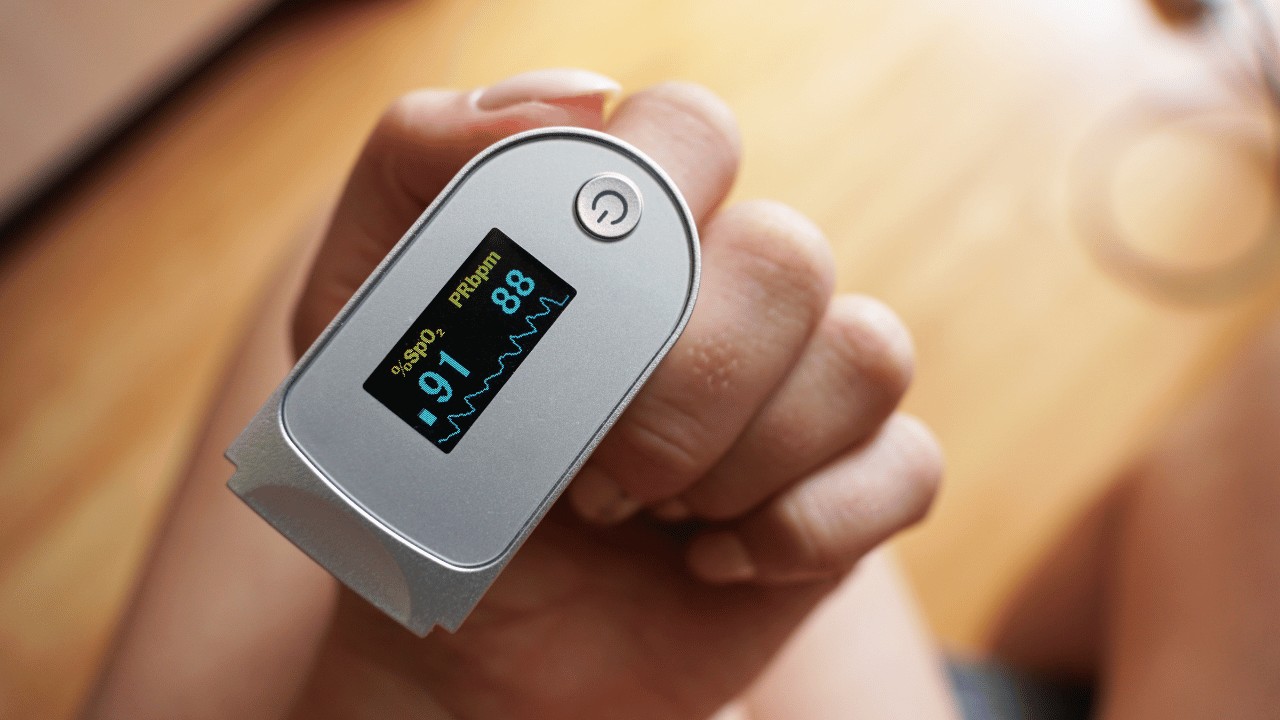
Video and Audio Monitoring
Audio and video monitors may be used in a sleep apnea test to see and hear how you behave while sleeping.
What Happens After a Sleep Apnea Test?
It can take as little as a few days to as long as three weeks before you get the results of a sleep apnea test. This will depend on the type of test you did (PSG results take longer than HSAT results) and your healthcare provider.
Once your tests are complete, your doctor or sleep specialist will review and interpret the data to properly diagnose you. You can also learn how to read sleep apnea test results to get a better grasp of what you’re dealing with. If the test confirms you have obstructive sleep apnea (OSA), your healthcare provider may schedule a follow-up visit and recommend ways you may be able to overcome or manage your condition.
I Have Sleep Apnea, What Now?
If you have OSA and are looking for ways to enhance natural sleep, check out our book Sleep Apnea Solution for tips and guides on breathing techniques, lifestyle changes, and diet adjustments that may promote better snoozes!

